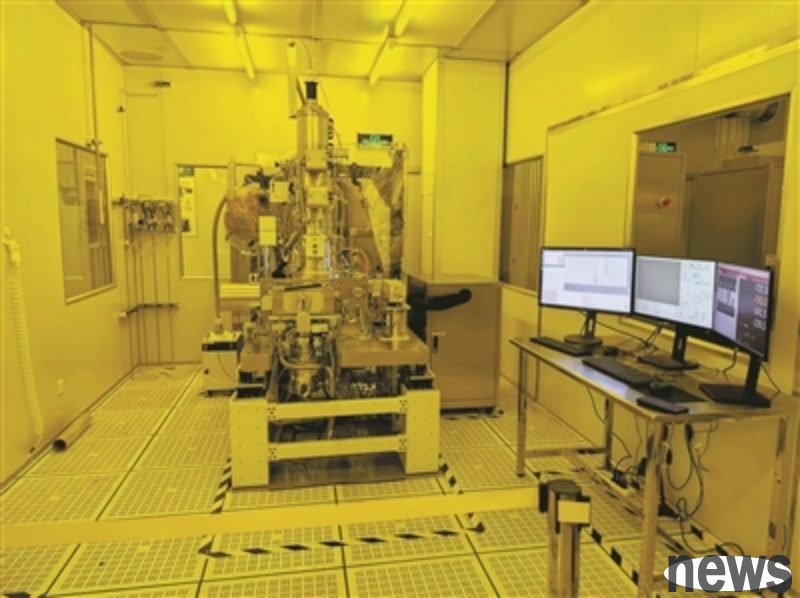
The 100kV electron beam (EBL) exposure machine "Xizhi" developed by the Yuhang Quantum Research Institute of Zhejiang University has the digital performance that is comparable to that of mainstream international equipment. At the same time, the sales price is lower than the international average level, but the production efficiency is still insufficient.

According to foreign media reports, the positioning accuracy of "Xizhi" can reach 0.6 nanometers, which is close to the ASML High-NA EUV standard. However, because of the use of point-by-point writing - the electron beam must draw the circuit pattern point-by-point image like a pen - it takes longer to make a wafer, and the production efficiency is much lower than that of the EUV system.
Due to the influence of US export controls, China cannot obtain the most advanced EUV machine. It can only rely on DUVs and promote the process through multiple patterning technology, resulting in high costs and poor yields. SMIC's 5-nanometer production is therefore hindered, and China is also limited to the 7-nanometer process, which makes Kirin chip performance improvement limited.
In order to break through the EUV technology bottleneck, China is actively looking for local solutions. The Harbin team has previously developed an LDP light source that can produce 13.5 nanometers of EUV light and tested it for Dongguan Industrial Factory in China. The trial will be launched as early as the third quarter of this year; now Zhejiang University has brought new EBL equipment. Whether these efforts can be truly transformed into a practical technological breakthrough remains to be seen.